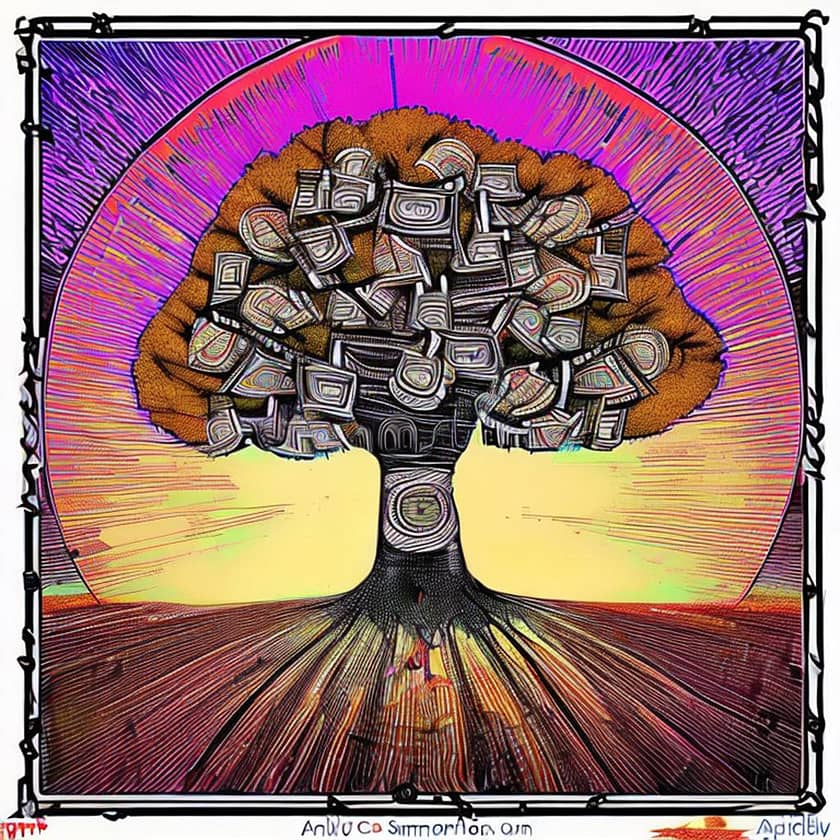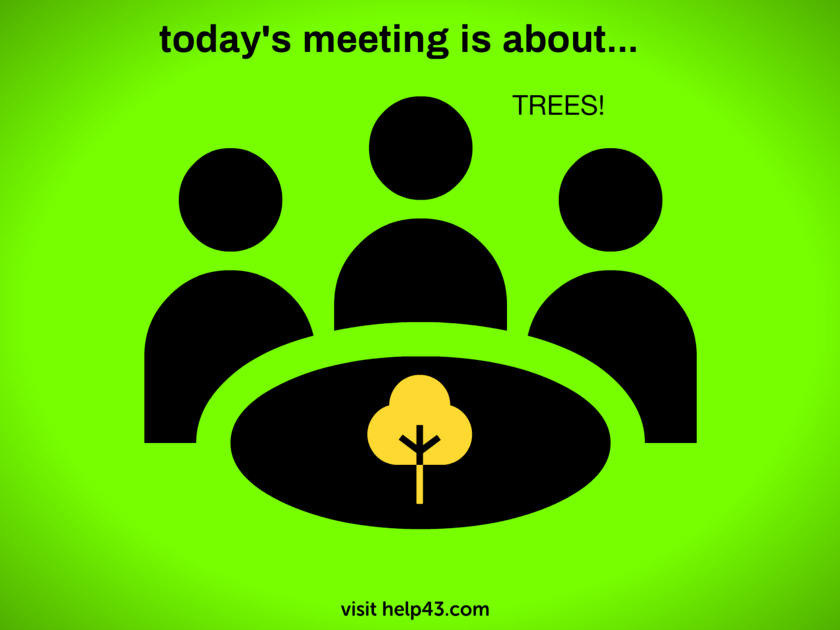What is the tree of life
The “Tree of Life” is a concept in biology that represents the evolutionary relationships between species of organisms. The tree of life is represented as a branching diagram, with each branch representing a lineage of species that share a common ancestor. The branches split and diverge over time to give rise to new species, and the tree can be used to show how different species are related to each other, and how they have evolved over time. The tree of life is constantly changing as new species are discovered and as new data is gathered about the evolutionary relationships between species. The concept of the tree of life is widely used in evolutionary biology, ecology, and systematics to understand the diversity of life on Earth and the relationships between species.
The Tree of Life in ancient pictures?
In ancient cultures, the “Tree of Life” was often depicted as a symbol that had spiritual, mythical, or philosophical significance. For example, in many ancient civilizations, such as the Sumerians, the Babylonians, and the ancient Egyptians, the Tree of Life was associated with the gods and was thought to hold the key to immortality. In some cultures, the Tree of Life was also seen as a symbol of the interconnectedness of all life and the idea that all living things are connected in a single, unified system.
In some ancient traditions, the Tree of Life was depicted as a large tree with roots that reached deep into the earth and branches that extended into the heavens, symbolizing the connection between the physical and spiritual realms. The branches of the tree were often adorned with symbols of the sun, moon, and stars, as well as images of birds, animals, and humans, emphasizing the idea that all life was interconnected.
In ancient art and literature, the Tree of Life was often used as a metaphor for the cycle of life, death, and rebirth, and was sometimes depicted as the source of all life and fertility. Overall, the Tree of Life has held a significant place in the beliefs and legends of many cultures throughout human history, and continues to be a powerful symbol of the interconnectedness of life and the cycles of existence.
The Tree of Life in Sumerian culture
In Sumerian culture, the Tree of Life was a central concept and was associated with the gods. The Sumerians believed that the gods lived in a heavenly realm and that they were responsible for bringing life and fertility to the earth. The Tree of Life was seen as a bridge between the divine and the mortal realms, and was thought to hold the key to immortality.
In Sumerian mythology, the Tree of Life was said to have been planted in the Garden of Eden and was guarded by the goddess Innana. The tree was believed to have had the power to grant life and wisdom to those who ate its fruit, and was often depicted in Sumerian art as a stylized tree with roots that reached deep into the earth and branches that extended into the heavens.
The Tree of Life also played a role in the Sumerian creation myth, in which the world was created from the body of the goddess Tiamat. According to the myth, the Tree of Life was used to hold up the sky and separate it from the earth, and was seen as a symbol of the separation between the realm of the gods and the realm of mortals.
The Tree of Life was an important symbol in Sumerian culture and held a central place in their beliefs and mythology. It represented the connection between the divine and mortal realms, and the idea that life, wisdom, and fertility came from the gods.
Is there an ancient tree that matches those characteristics
It is not clear whether there was a specific ancient tree that served as the inspiration for the Sumerian Tree of Life symbol. The Tree of Life in Sumerian culture was primarily a symbolic and mythological construct, rather than a representation of a real tree. However, there are many cultures throughout human history that have associated specific trees with life, fertility, wisdom, and the divine, so it is possible that the Sumerian Tree of Life may have been influenced by earlier beliefs and traditions.
For example, in ancient Greece, the oak tree was considered sacred to the god Zeus and was associated with strength and longevity. In ancient Norse mythology, the Yggdrasil tree was a central symbol and was said to hold up the nine realms of existence. In many indigenous cultures, the world tree was a central symbol and was seen as the axis around which the world rotated.
It is also possible that the Sumerian Tree of Life symbol was influenced by the observation of real trees and their role in supporting life and providing shade, food, and shelter. Trees have always been an important part of the natural world and have played a central role in human culture and mythology. So, while there may not be a specific tree that matches the characteristics of the Sumerian Tree of Life, trees and the concepts they represent have been a part of human culture and belief systems for thousands of years.
The Tree of Life in Eastern traditions
In Eastern traditions, the concept of the Tree of Life is often associated with the idea of a cosmic axis or axis mundi. The Tree of Life is seen as a bridge or connection between the earthly realm and the divine realm, and is often depicted as a large tree with roots that reach into the underworld and branches that extend into the heavens.
In Hinduism, the Tree of Life is often associated with the concept of the Ashvattha tree, which is mentioned in the Bhagavad Gita and is considered to be a symbol of the material world and the impermanence of existence. In Buddhist traditions, the Tree of Life is often associated with the idea of the Bodhi tree, which is the tree under which the Buddha is said to have achieved enlightenment.
In Taoist traditions, the concept of the Tree of Life is associated with the idea of the Cosmic Pillar or the Celestial Axis, which is said to connect the celestial realm with the earthly realm and to provide balance and harmony in the universe.
In all of these Eastern traditions, the Tree of Life is seen as a central symbol of the interconnectedness of all things and the idea that all living things are connected in a single, unified system. The Tree of Life represents the idea that there is a continuity between the physical and spiritual realms and that life, wisdom, and enlightenment can be achieved by bridging the gap between these two realms.

Shop Corner
The tree of life on Amazon
Thank you for likes, shares and comments! 🌳🌴🌲🌵
Source OpenAI’s chatGPT Language Models, Dalle, AI trot and Fleeky
images Picsart and MIB
Invest in your future
Take time to learn
Embark on your journey in affiliate marketing and website creation alongside an incredible community and myself. Invest in your future by dedicating time to learn and earn. Take all the time you need to master the basics before aiming higher. Give it a try and sign up for free. You won't regret it! Discover the possibilities for yourself...


